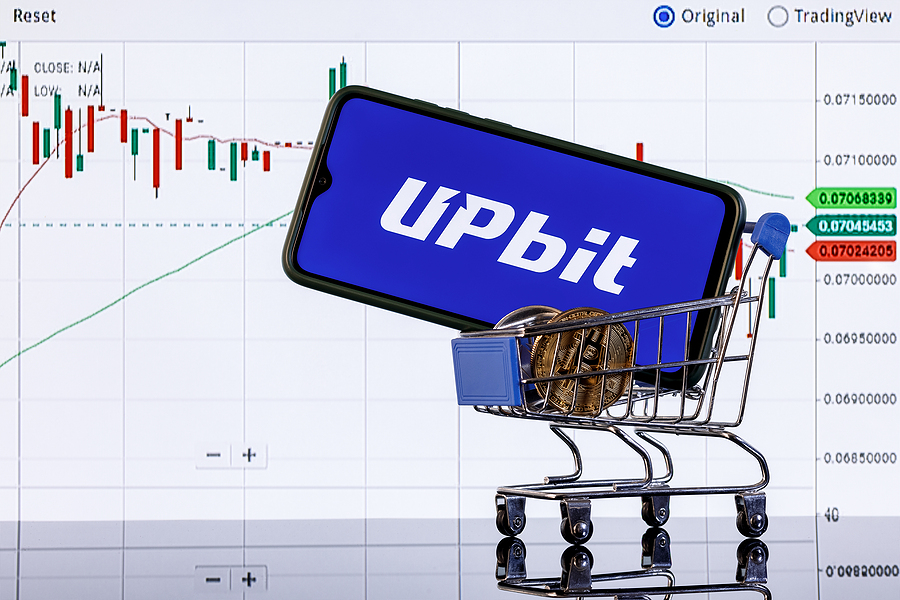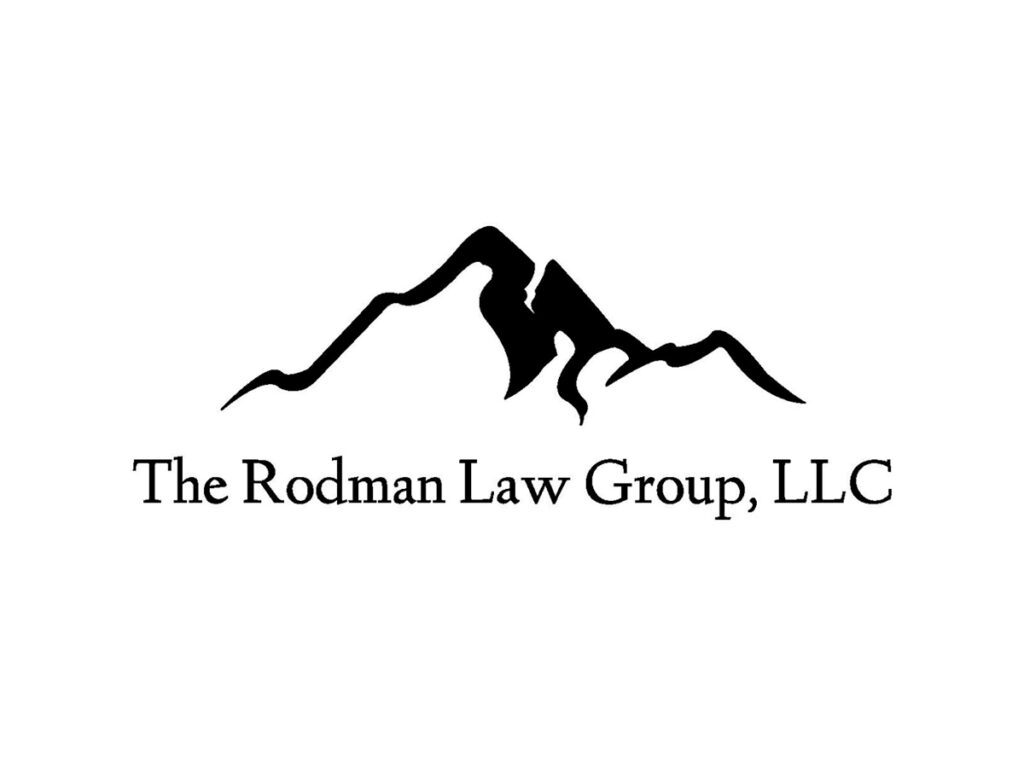
(author: Mack Wilding)
In early July 2025, South Korea’s major cryptocurrency exchanges, Upbit and Bithumb, ignited a speculative storm by rolling out highly leveraged cryptocurrency lending products that allowed users to borrow up to 400% of their collateral. The response from users of these platforms was immediate. In a matter of weeks, 27,600 investors borrowed a staggering 1.5 trillion yen (≈$1.1 billion), fueling a nationwide margin trading rush. Traders rushed into Bitcoin, Ether, XRP and stablecoins, looking for quick gains in a rapidly recovering market.
But the excitement fizzled out almost as quickly as it started. A sudden drop in prices of major tokens triggered forced liquidations on around 13% of all loans, wiping out investor collateral and causing negative repercussions for South Korean crypto markets. The fallout immediately caught the attention of regulators, prompting the Financial Services Commission (FSC) to freeze all new crypto lending services from August 2025. What started as a measure to increase liquidity in the crypto market has now become a warning about high leverage, fragility of markets and regulatory accounts.
South Korea’s rapid response stands in stark contrast to the United States’ fragmented and hesitant regulatory environment. The general FSC freeze, while severe, immediately put a stop to risky lending practices until clear consumer safeguards and capital standards could be established. This reflects South Korea’s broader approach to crypto oversight, in which the FSC treats exchanges as financial institutions, requiring transparency, separation of custody, and compliance in a single, coordinated framework.
In the United States, by contrast, the crypto lending landscape remains largely governed by post-hoc enforcement and jurisdictional disputes. As the SEC and CFTC continue to vie for authority, major U.S. exchanges such as Coinbase and Kraken operate in a gray zone, offering betting, derivatives and structured products under a patchwork of state money transmission laws and pending court rulings. The U.S. approach has been to rely on litigation-driven regulation, where compliance expectations emerge only after enforcement action or settlements.




